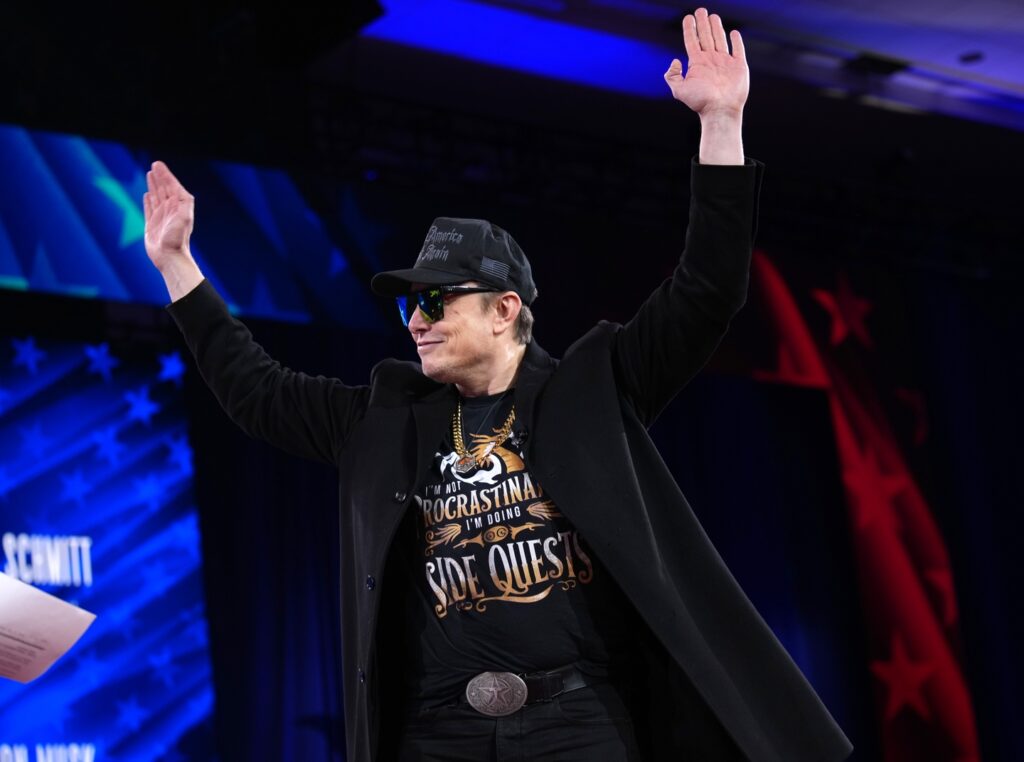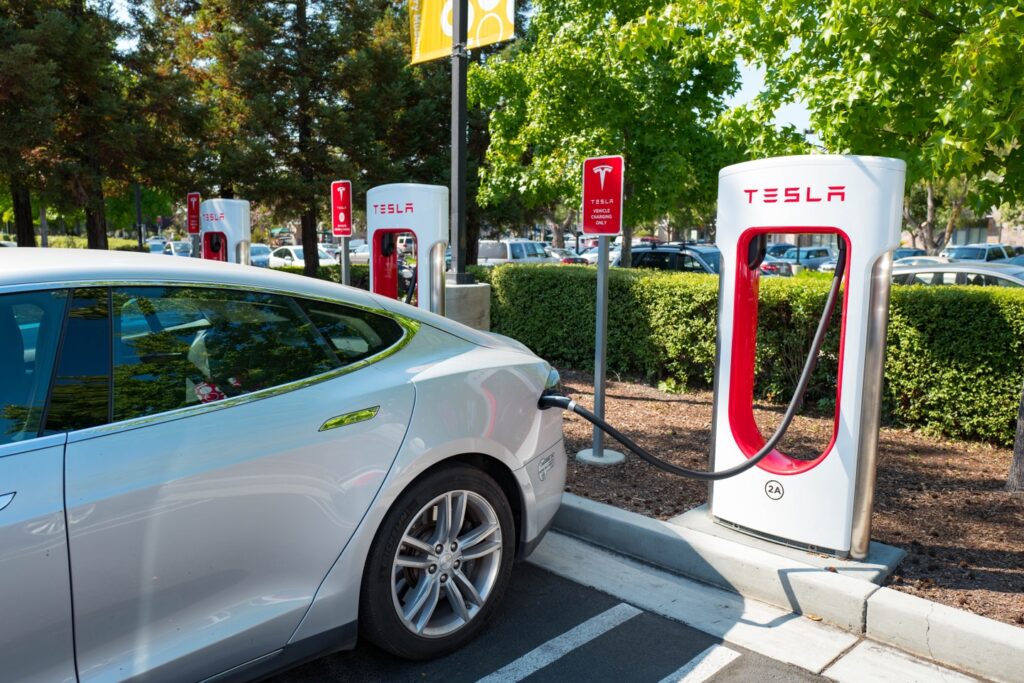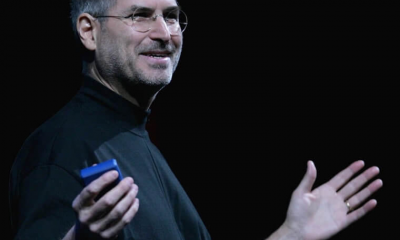Blog
Elon Musk’s $1.5 Trillion Lithium Jackpot Could Supercharge Tesla

It’s not just another scientific discovery—it’s a seismic shift in the future of energy, electric vehicles, and the global battery supply chain. And Elon Musk might be sitting right at the center of it.
A team of geologists recently uncovered what could be the single largest lithium deposit ever recorded, right within the borders of the United States. If their findings hold up, it could not only redefine the global race for battery minerals but also present an enormous windfall for Tesla, the world’s most valuable electric car company, and its enigmatic CEO, Elon Musk.
This massive lithium discovery, estimated to be worth around $1.5 trillion, was found in the McDermitt Caldera, a vast geological formation straddling southeastern Oregon and northern Nevada. What makes this especially groundbreaking is not just its size, but also its strategic location, potentially cutting U.S. reliance on foreign lithium imports, many of which currently come from politically volatile or environmentally challenging regions.
The McDermitt Caldera: A Prehistoric Supervolcano With Modern-Day Riches
Roughly 16.4 million years ago, a volcanic explosion shaped what we now know as the McDermitt Caldera. Following the eruption, a massive lake formed in the caldera’s depression. Over the millennia, this lake collected layers of volcanic ash and mineral-rich sediments, leading to the creation of clay-based lithium deposits.
Unlike hard rock lithium found in countries like Australia or lithium brine from South America’s “Lithium Triangle,” this form—lithium-rich smectite clay—could offer a unique advantage: faster and potentially more environmentally sustainable extraction methods. Researchers estimate the caldera may contain between 20 and 40 million metric tonnes of lithium, enough to power hundreds of millions of electric vehicles (EVs).
That kind of volume would dwarf existing lithium resources globally, including Bolivia’s Salar de Uyuni and Chile’s Atacama Desert, making the United States an unexpected but serious player in the global lithium market.
Why Lithium Is the New Oil in the Clean Energy Era

Lithium has been dubbed “white gold” for a reason. It’s a critical element in lithium-ion batteries, which power nearly every modern tech device—from smartphones and laptops to electric cars, energy storage systems, and even space exploration equipment.
As the world increasingly commits to renewable energy and decarbonization goals, the demand for lithium is expected to skyrocket. According to BloombergNEF, global lithium demand is projected to quadruple by 2030, driven mostly by EVs and grid-scale battery storage.
This growth has ignited fierce competition among nations and corporations to secure reliable sources of lithium. Most lithium production today comes from Australia, Chile, and China, but geopolitical tensions, environmental scrutiny, and supply chain risks are pushing manufacturers to look for domestic alternatives—and that’s where the McDermitt Caldera discovery becomes a geopolitical game-changer.
Tesla’s Strategic Position—and Why Musk Is Poised to Win Big
Elon Musk, already the richest man on the planet with an estimated net worth of $416 billion, is no stranger to vertical integration. He’s long emphasized the importance of controlling Tesla’s supply chain, especially for batteries—the company’s most expensive component.
In recent years, Tesla has taken steps to diversify its mineral sources, including direct lithium sourcing, investing in battery recycling, and even launching a lithium refinery in Texas. Musk once quipped on Twitter (now X) that lithium refining was a “license to print money.”
If Tesla gains access to this new lithium deposit—whether through partnership, investment, or long-term supply contracts—it would give the company a massive cost advantage in battery production, shielding it from price volatility and foreign supply shocks.
With this potential domestic source, Tesla could eventually build EV batteries at lower costs, increase production, and maintain its competitive edge against rising challengers like BYD (China) and Rivian (U.S.). It also plays well into Musk’s broader vision of scaling Tesla into a clean energy conglomerate, with everything from cars and solar panels to energy storage systems under one roof.
From Earth to Mars: How This Discovery Aligns With Musk’s Bigger Goals
Though the lithium discovery is monumental in its own right, it’s also worth considering how it aligns with Musk’s long-term vision for humanity. As the CEO of both Tesla and SpaceX, Musk frequently discusses the importance of building sustainable energy infrastructure, not just for Earth, but for a multi-planetary future.
Reliable and abundant access to lithium could prove essential for everything from battery-powered Mars habitats to solar-powered space equipment. While that may seem futuristic, Musk’s ventures are already laying the groundwork.
Economic Impact: A Game-Changer for the U.S. Supply Chain and Job Market
The discovery isn’t just a win for Musk or Tesla—it could also represent a major economic and strategic shift for the U.S. energy landscape.
Currently, the U.S. produces only about 1% of the world’s lithium, according to the U.S. Geological Survey. This new deposit could radically change that, making the country a top global supplier.
If developed responsibly, the McDermitt Caldera site could:
- Create thousands of high-paying jobs in mining, refining, and transportation.
- Reduce U.S. dependence on Chinese supply chains, which currently dominate global lithium-ion battery production.
- Strengthen national security, as access to battery materials becomes a core concern for defense and infrastructure resilience.
- Fuel domestic innovation, helping spur new technologies in green energy and manufacturing.
Environmental Questions Loom Large
Of course, any mining operation—especially one of this scale—brings up significant environmental concerns. The McDermitt Caldera lies near tribal lands and ecologically sensitive areas, raising alarms among Indigenous communities and environmental advocates.
Extraction from clay deposits is still a relatively novel technique, and there are concerns about water usage, habitat disruption, and potential pollution. If Tesla or its suppliers aim to tap into this resource, they will likely face strict regulatory scrutiny, community negotiations, and a demand for sustainable practices.
Public opinion and activism will also play a large role. Companies seen as trampling over ecological or Indigenous rights risk reputational damage, no matter how green their product claims to be.
Will Musk Strike a Deal?
As of now, there’s no public confirmation that Tesla has formally acquired rights to this lithium deposit. However, given Musk’s history of anticipating market shifts and acting swiftly, it wouldn’t be surprising if negotiations are already underway.
Musk has repeatedly said that Tesla’s future hinges on scaling battery production. In his words, “the limiting factor for electric vehicle growth is the availability of lithium.” A U.S.-based mega-deposit would be too strategic to ignore.
Some analysts believe that even if Tesla doesn’t directly mine the lithium, it could lock in long-term supply agreements, provide infrastructure investment, or partner with third-party miners.
Final Thoughts: A New Era of Clean Energy—Powered from Home?
The discovery of a massive lithium reserve in the U.S. could mark a turning point in the global transition to clean energy. For Tesla and Elon Musk, it’s an opportunity to gain a tighter grip on the battery market, reduce operational costs, and bring battery manufacturing fully home.
But it’s not just a Tesla story—it’s a national story about energy independence, responsible innovation, and preparing for the technological demands of the future.
As Musk continues steering Tesla—and perhaps the future of clean technology—the question is no longer whether lithium is the new oil, but whether America will lead this new energy era or be left catching up. One thing’s for sure: the race is on, and the stakes have never been higher.
FAQs
In the McDermitt Caldera, spanning Oregon and Nevada in the U.S.
Estimates suggest 20 to 40 million metric tonnes of lithium.
Lithium is essential for making EV batteries used in Tesla cars.
If Tesla secures access, it could cut costs and boost profits.
Yes, Tesla is building a lithium refinery in Texas.
Yes, it could supply batteries for up to 600 million EVs.
Not necessarily, but Tesla may gain priority if it invests early.
It’s possibly the world’s largest known lithium reserve.
It reduces reliance on foreign lithium imports.
Yes, he plans to remain CEO for at least five more years.
-

 Blog3 years ago
Blog3 years ago10 Celebrities and Their Equally Gorgeous Siblings
-

 Blog3 years ago
Blog3 years agoThe highest-paid actors of all time are living large
-

 Blog3 years ago
Blog3 years agoHollywood Stars’ Instagram Photos viciously replayed
-

 Blog3 years ago
Blog3 years agoUpsetting And Creepy Facts We Wish We Could Erase From Our Memory
-

 Blog3 years ago
Blog3 years agoBecome Star Quality With These Celebrity Morning Routines
-

 Blog3 years ago
Blog3 years agoSome of Hollywood’s best-known movies have secrets that will shock you
-

 Blog3 years ago
Blog3 years agoThese Celebrity Couples Did Some Bizaree Things In The Name Of Love
-

 Blog3 years ago
Blog3 years agoUsing Everyday Items These People Made The Most Amazing DIY Creations
